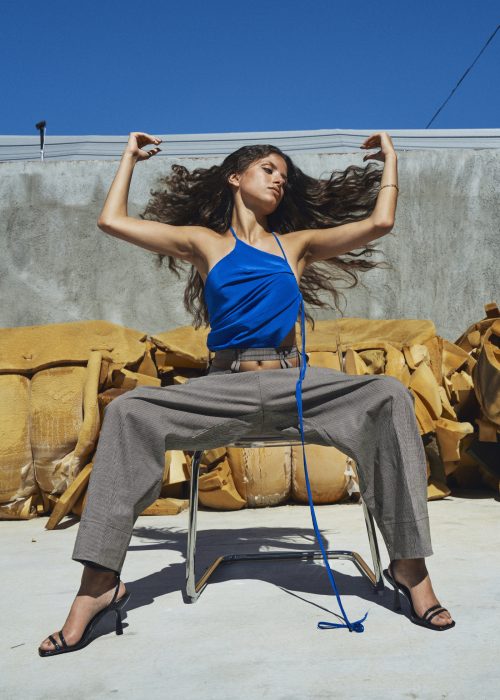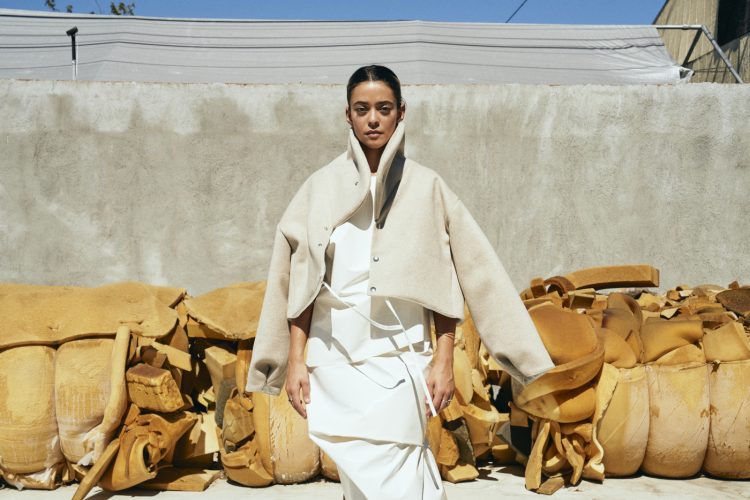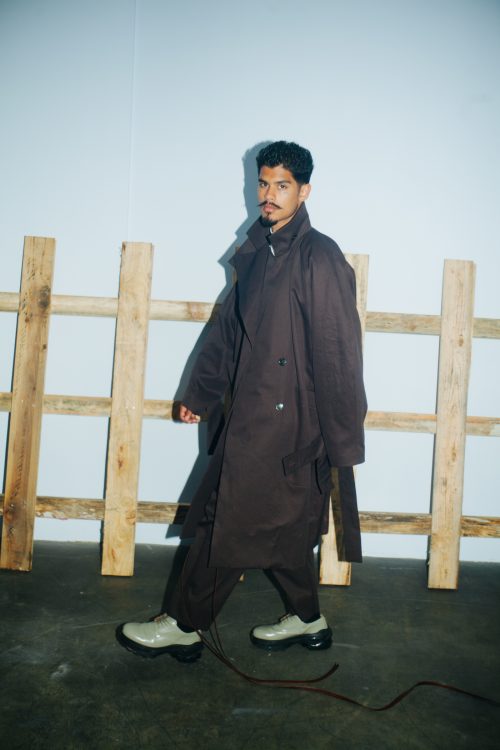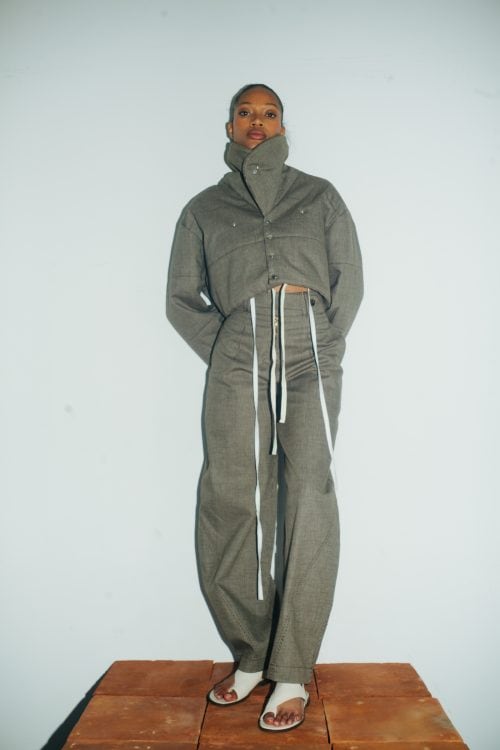Interview wih Vihanga, a designer label that marries its two founders’ distinct backgrounds
What is the appeal of Los Angeles for Vihanga?
Los Angeles is so exciting for us because of its creativity and the resources that it has to offer in terms of fashion. There are so many creative people here and the relaxed pace allows for time to spend ideating. There’s access to beautiful nature as well, and I think taking time to spend time outside is great for our creative process.
What other cultural movements do you find inspiration in? If so, how do they inform your ideas about fashion?
When we first met, we really bonded over Helio Oiticica and tropicalismo. The way he creates participatory, material spaces really speak to us. I think Clothing as a medium requires the human body unlike any other artform. It’s inherently intimate, participatory and makes the wearer consider their body and the space it’s in.
I'm curious to know what fashion communicates to you when you see it out in the world. As a cultural expression, what does it tell you about the present?
I think fashion is following and defining a moment that – much like other aspects of culture - can be characterized by oversaturation. There’s a lot of everything right now and I think fashion reflects that in its maximalism. We’ve recently reached a peak of this kind of expression and now the trend pendulum is starting to swing back in the other direction.
Who are the fashion designers working today that you are drawn to?
We are obsessed with the masters, of course: Raf Simmons, Rick Owens, Phoebe Philo, Maison Martin Margeila, Jil Sander and Yohji Yamamoto. We are also really excited about Peter Do, Supriya Lele and Glenn Martenns these days.
Who is your favorite artist, living or dead?
Were big fans of Ana Mendieta, and the photographs of Mitch Epstein.
As a painter, I think a lot about historical movements. Are there historical periods that you identify with or think about a lot?
When we design, we always start from a personal place, and consider each of our individual histories. Miles has family history in the American labor movement of the early 20th century and is drawn to uniform-wear and questions of structure. Vihanga grew up in a culture with a rich history of craft and fabrics. Some of the draping techniques that we use are directly influenced by her upbringing. The lightness and simplicity of a piece of cloth that can be draped around a body is something we try to represent. When we look back to these movements, we think about which of their aesthetics are timeless. We ask which styles, or pieces of style, feel bound by their period and which will translate to a contemporary context.
Fashion has long been a nagging interest of mine mostly because I have a very difficult time understanding how it emerges from within the individual – the person. How exactly does someone develop an identity through their image that’s projected out into the world? It’s an incredibly abstract idea and I’m definitely overthinking it. I don’t know for sure if i’ll get to the bottom of it. A body is a self-conscious armature, the garments hang in silhouette and project specificity, all sorts of things about a person. On a larger scale, it says something about what is happening within the cosine wave of historical change and real-time events. This can all be tracked and continuity can be developed and, yes, unsurprisingly, it’s a battleground. Like any form of production, such as sculpture, painting, and performance, fashion expresses itself in universal terms yet also in extremely personal, ineffable gestures.
It seems a way of identifying not so much with another person, or even a community, but with the idea of who you think you are, or who you imagine yourself to be within this whole mess of images and expectations. A person has an affectation, which, yeah, it’s largely a mystery and overwhelming how complex one person is and what exactly contributes to the image that’s projected out into the world. I think at this moment, I'm a little amazed that there is such a consensus about garments and fashion. It’s all more alike than different, as are people. Why aren’t people wearing crowns made of shoes and Nintendo boxes and pants made of socks? These are the kind of questions that I feel contribute to my decision to own seven black t-shirts, one for each day of the week, and all in a different state of degradation.
VIHANGA is a designer label that marries its two founders’ distinct backgrounds: Miles Jackson’s American heritage and Vihanga Sontam’s South Indian roots, and bridges their visions with their shared love for timeless design. With depth in both cultural anecdotes & formal detail the label uses sharp lines, subtle drapes, and rich textiles to create elegant, versatile clothing. VIHANGA believes good design is to be worn, to be worn out, to be worn in.

 English
English 日本語
日本語




